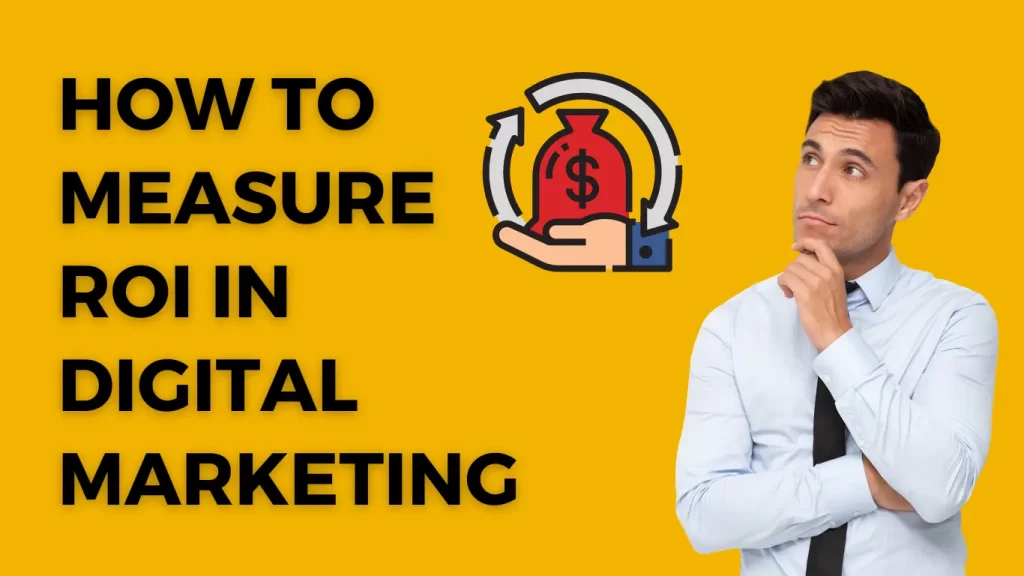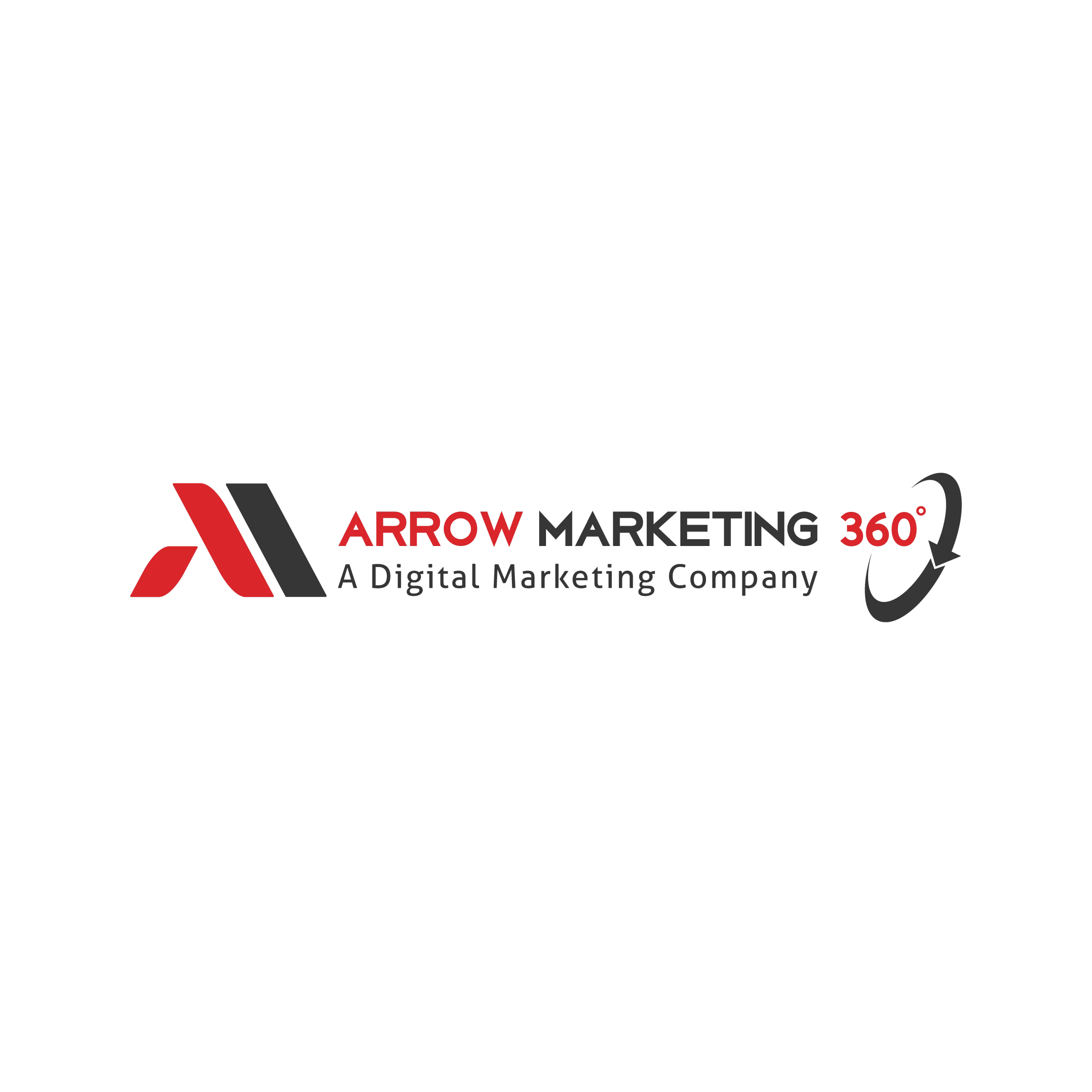How to Measure ROI in Digital Marketing?

How to Measure ROI in Digital Marketing – In today’s digital landscape, measuring the return on investment (ROI) of your marketing efforts is crucial for evaluating the effectiveness of your campaigns. ROI measurement allows you to assess the profitability and success of your digital marketing strategies, enabling you to make data-driven decisions and optimize your future initiatives. In this article, we will explore the key methods and metrics to measure ROI in digital marketing and provide actionable insights for improving your marketing performance.
How to Measure ROI in Digital Marketing
Digital marketing has become an integral part of business strategies, and organizations invest significant resources in various online channels, such as search engine optimization (SEO), pay-per-click (PPC) advertising, social media marketing, and email campaigns. While these efforts can generate valuable results, it is essential to measure the return on investment accurately.
What is ROI in Digital Marketing?
ROI is a financial metric that calculates the profitability of an investment relative to its cost. In the context of digital marketing, ROI determines the success of your marketing campaigns by comparing the revenue generated with the costs incurred. Measuring ROI allows you to evaluate the effectiveness of your marketing efforts and identify areas for improvement.
Key Metrics for Measuring ROI
To measure ROI accurately, you need to focus on specific metrics that provide insights into your marketing performance. The following key metrics play a crucial role in assessing the ROI of your digital marketing campaigns:
1. Conversion Rate
The conversion rate measures the percentage of website visitors or users who take the desired action, such as making a purchase, filling out a form, or subscribing to a newsletter. By tracking and optimizing your conversion rate, you can improve your ROI significantly.
2. Cost per Acquisition (CPA)
CPA determines the average cost incurred to acquire a single customer. It considers the total marketing expenses divided by the number of acquired customers. Lowering your CPA can help increase your ROI by reducing the overall costs associated with customer acquisition.
Get A Free Consultation: https://www.arrowmarketing360.com/contact-us
3. Return on Ad Spend (ROAS)
ROAS measures the revenue generated for every dollar spent on advertising. It indicates the effectiveness of your ad campaigns and helps you allocate your marketing budget wisely.
4. Customer Lifetime Value (CLTV)
CLTV estimates the net profit attributed to a customer throughout their relationship with your business. It considers the average purchase value, purchase frequency, and customer retention rate. Increasing CLTV can have a significant impact on your overall ROI.
Setting Clear Goals and Objectives
Before embarking on any digital marketing campaign, it is essential to establish clear goals and objectives. By defining specific and measurable targets, you can align your marketing efforts with your business objectives and have a benchmark for evaluating your ROI.
Tracking and Analyzing Data
To measure ROI effectively, you need to track and analyze relevant data from your digital marketing initiatives. Implementing the following strategies will enable you to gain valuable insights:
1. Implementing Conversion Tracking
Setting up conversion tracking allows you to monitor and measure the actions taken by your website visitors. By integrating tracking codes or pixels, you can track conversions, attribute them to specific marketing channels, and assess their impact on your ROI.
Get A Free Consultation: https://www.arrowmarketing360.com/contact-us
2. Utilizing Google Analytics
Google Analytics is a powerful tool that provides comprehensive data and insights into your website traffic, user behavior, and conversions. By leveraging its features, you can analyze the performance of your marketing campaigns, identify bottlenecks, and make data-driven decisions.
Calculating ROI
To calculate ROI accurately, you need to understand the basic formula and apply it to your marketing campaigns. The ROI formula is as follows:
ROI = (Net Profit / Cost of Investment) x 100
Examples and Calculations
Let’s consider an example to illustrate the calculation of ROI. Suppose you invest $5,000 in a PPC advertising campaign, generating $15,000 in revenue. After deducting the cost of the investment ($5,000) and other expenses ($2,000), the net profit is $8,000. Applying the ROI formula:
ROI = ($8,000 / $5,000) x 100 = 160%
In this case, the ROI of the PPC advertising campaign is 160%, indicating a profitable return on investment.
Improving ROI
Once you have measured your ROI, it is crucial to identify areas for improvement to maximize your marketing effectiveness. Here are some strategies to enhance your ROI:
Optimizing Conversion Rates
By analyzing your conversion funnel, conducting A/B testing, and improving user experience, you can optimize your conversion rates. Small improvements in conversion rates can lead to significant ROI gains.
Reducing CPA
Reducing your cost per acquisition involves optimizing your marketing campaigns, targeting high-quality leads, and improving conversion rates. Lowering your CPA allows you to acquire customers more efficiently, positively impacting your ROI.
Enhancing ROAS
To improve your return on ad spend, you can refine your targeting, optimize your ad copy and creatives, and leverage audience segmentation. By maximizing the revenue generated from your advertising efforts, you can achieve a higher ROAS.
Increasing CLTV
Focusing on customer retention, upselling, and cross-selling can increase customer lifetime value. By providing exceptional customer experiences and nurturing long-term relationships, you can boost your overall ROI.
Tools and Technologies for ROI Measurement
Several tools and technologies are available to facilitate ROI measurement in digital marketing. These include marketing automation platforms, customer relationship management (CRM) systems, web analytics tools, and performance tracking software. By leveraging these tools, you can streamline your ROI measurement process and gain valuable insights.
The Importance of Continuous Monitoring
Measuring ROI should be an ongoing process rather than a one-time assessment. Continuous monitoring allows you to track changes, identify trends, and make timely adjustments to your marketing strategies. By regularly analyzing data and staying updated with industry trends, you can optimize your ROI over time.
Challenges and Limitations of ROI Measurement
While measuring ROI is crucial, it comes with its own set of challenges and limitations. Some common challenges include tracking multi-channel attribution, quantifying the impact of brand awareness, and accurately attributing revenue to specific marketing activities. Despite these challenges, implementing robust tracking mechanisms and utilizing data-driven methodologies can help overcome these limitations.
Case Studies: Successful ROI Measurement Strategies
Examining real-world case studies can provide valuable insights into successful ROI measurement strategies. By exploring examples of businesses that effectively measured their ROI and achieved significant results, you can gain inspiration and learn from their experiences.
Best Practices for Measuring ROI in Digital Marketing
To optimize your ROI measurement process, consider the following best practices:
- Define clear goals and objectives.
- Track and analyze relevant data consistently.
- Utilize appropriate tracking tools and technologies.
- Calculate ROI using accurate formulas.
- Continuously monitor and adjust your strategies.
- Test and optimize conversion rates.
- Reduce acquisition costs through targeted campaigns.
- Enhance ad spend efficiency by refining targeting and creatives.
- Focus on increasing customer lifetime value.
- Stay updated with industry trends and benchmarks.
Conclusion
Measuring ROI in digital marketing is essential for evaluating the effectiveness of your campaigns and making informed decisions. By understanding key metrics, setting clear goals, tracking data, and optimizing your strategies, you can maximize your marketing ROI and drive sustainable business growth.
FAQs
It is recommended to measure ROI regularly, depending on the duration and complexity of your marketing campaigns. Monthly or quarterly assessments are common, but it ultimately depends on your business objectives and the pace of your marketing activities.
Yes, ROI can be negative if the costs outweigh the revenue generated. Negative ROI indicates a loss on your investment, highlighting the need for adjustments in your marketing strategies.
While ROI is a crucial metric, it should be evaluated alongside other performance indicators such as customer acquisition cost (CAC), customer retention rate (CRR), and customer satisfaction metrics. These metrics provide a more holistic view of your marketing effectiveness.
Measuring ROI for some marketing channels, such as social media and content marketing, can be challenging due to the difficulty of directly attributing revenue to specific activities. However, employing tracking mechanisms and utilizing advanced analytics tools can help estimate ROI for these channels.
Highlighting the benefits of ROI measurement, such as data-driven decision-making, cost optimization, and improved campaign effectiveness, can help you convey the importance of ROI to stakeholders. Presenting case studies and real-world examples can also help demonstrate the value of ROI measurement.
